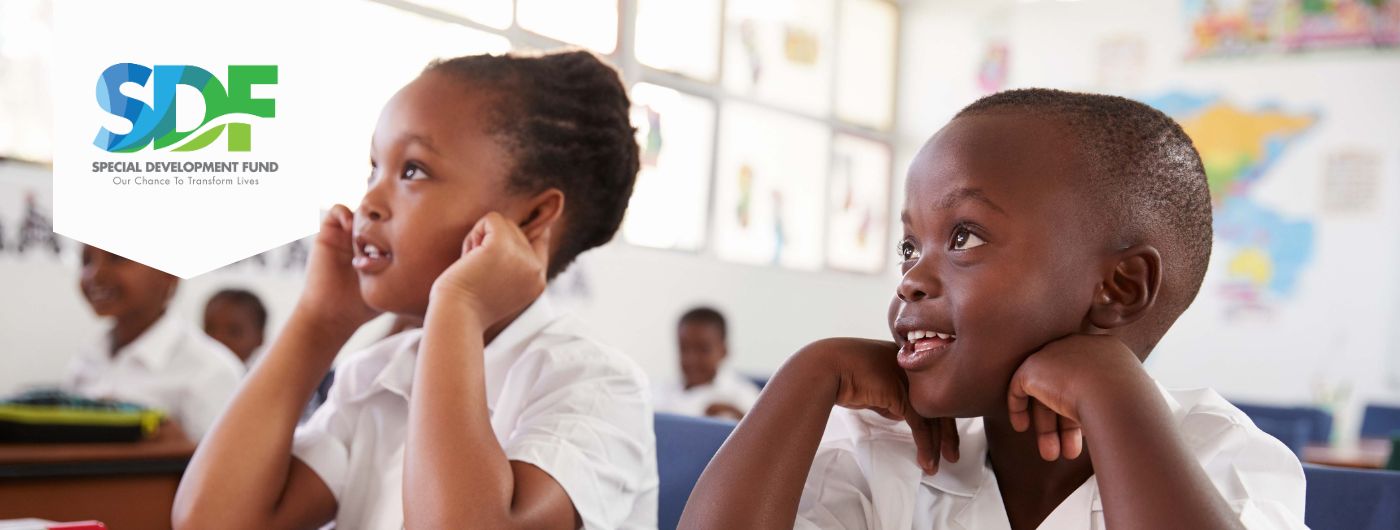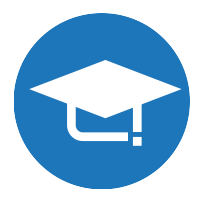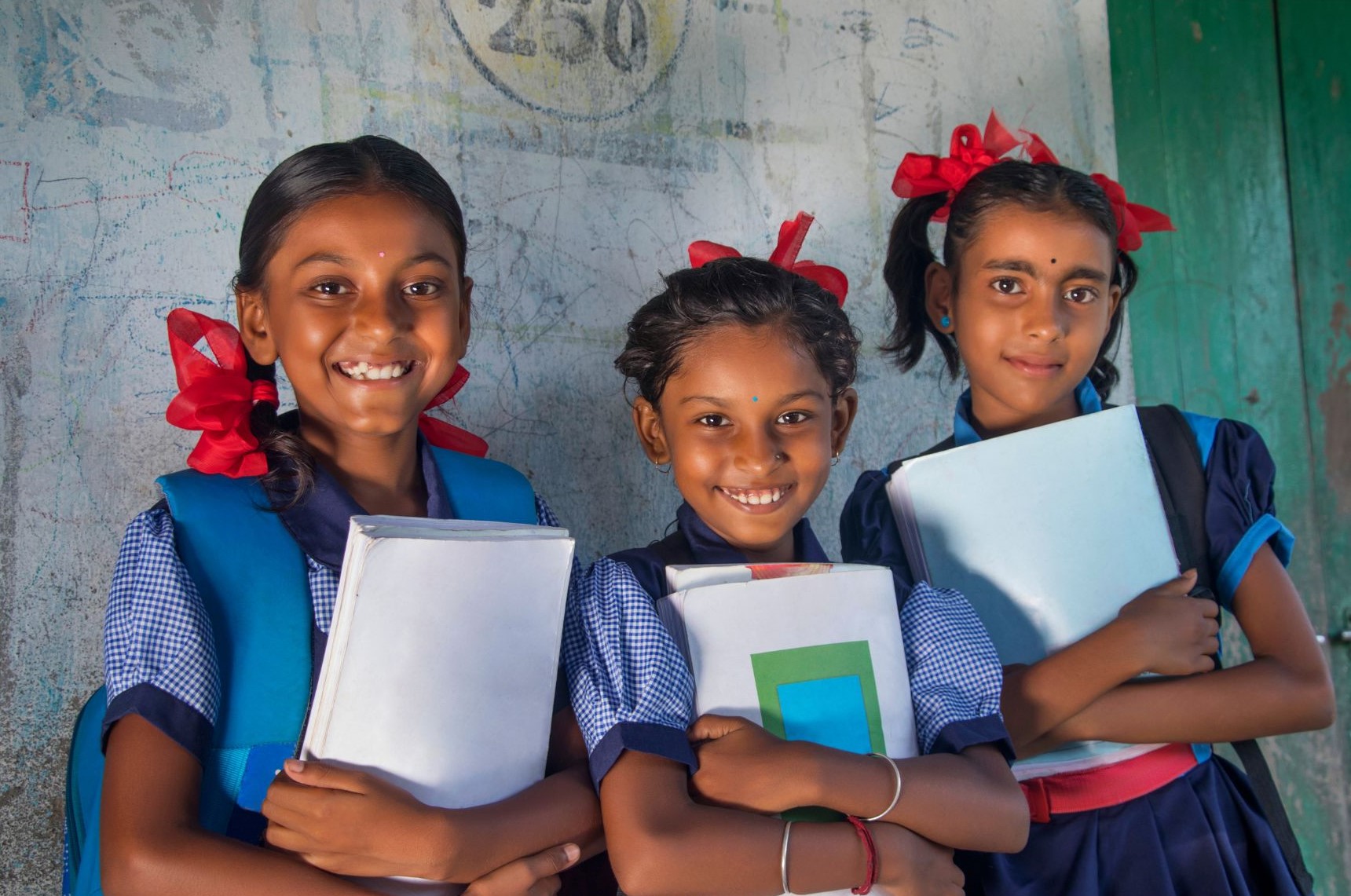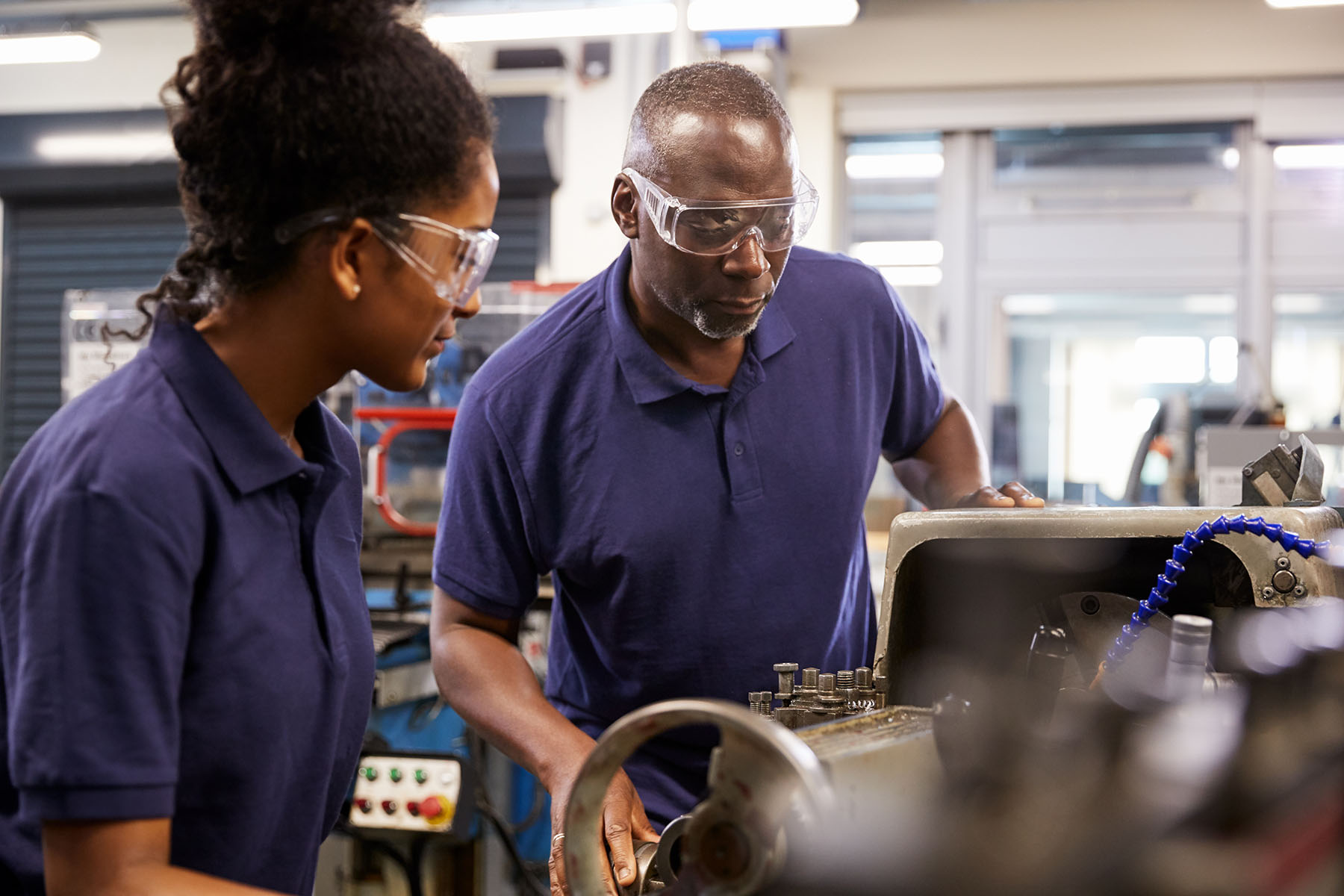
OVERVIEW
 Education is indispensable to the future of the Caribbean
Education is indispensable to the future of the Caribbean
In the Caribbean, there are over 12 million children, and regional data indicates that while participation and learning are improving, there remains significant gaps to be addressed in the education sector, particularly for learners disadvantaged by socio-economic status, remote geographic locations, and special educational needs and disabilities.
Transforming Lives through Education
Continued Investment Needed
A closer look at the data shows why we need to continued investment in the sector to increase access to high quality education and training and to ensure better learning outcomes for students. According to the CARICOM Human Resource Development Strategy 2030: Regional Action Plan Phase 1 (2017-2020) Monitoring Report, here are key statistics for the Region.
Education Access
Learning Outcomes
Bridging the Gap
A notable portion of the Region’s adult population is also challenged by inadequate access to high quality and relevant continuing education opportunities to improve their employability and support the economic competitiveness of the Region.
Doing its part to bridge the gap, CDB, through the Special Development Fund (SDF), has injected substantial resources into education across the Region over the past 40 years. The goal is to empower as many children and adults in the Caribbean as possible with the knowledge, skills, attitudes, and values necessary to lead purposeful and productive lives.
SDF investment in education has increased access to quality education, enhanced learning facilities and improved teaching standards. Here’s a glimpse of what we’ve achieved over the past 10 years:
 |
teachers across the Caribbean trained and certified. |
 |
classrooms and educational facilities built. |
 |
stakeholders trained in improved agricultural production technology. |
 |
people trained from micro, small, and medium-sized enterprises (MSMEs). |
 |
students supported by improvements to the education sector. |
“The SDF’s contributions to education have enhanced access to high-quality learning opportunities, especially for underrepresented groups such as rural children and girls. As a result, we’ve seen increased literacy, better educational outcomes, and improved employment prospects for many in the areas benefiting from this support.”
- Dr. Martin Baptiste, CDB Division Chief, Social Sector
Making an Impact
Investing in building the educational capacity of growing nations makes a big difference. Better education leads to more and higher-paying jobs, healthier lives, as well as stronger economies and communities. Here’s how the SDF has left a lasting impact on education:
 |
Enrollment and Retention - we've supported an increase in student enrollment, retention, and achievement from pre-primary to tertiary education. |
|
|
Learning Environments - our projects have constructed modern and child-friendly classrooms and educational facilities, creating environments that are more conducive to learning. We are also strengthening the resilience of educational systems by building climate-smart infrastructure and enhancing the capacity for remote learning. |
 |
Promoting Inclusivity - we've spearheaded initiatives that promote gender equality, social inclusion, and environmental awareness within the education sector. |
 |
Supporting Special Needs Education - we've dedicated resources to ensuring that children with special education needs and disabilities have better access to quality education and the necessary support systems to succeed academically. |
 |
Enhancing Skills Training - our initiatives ramped up technical and vocational education and training programmes to better align with current job market needs, ensuring that young people have the skills they need to thrive. |
